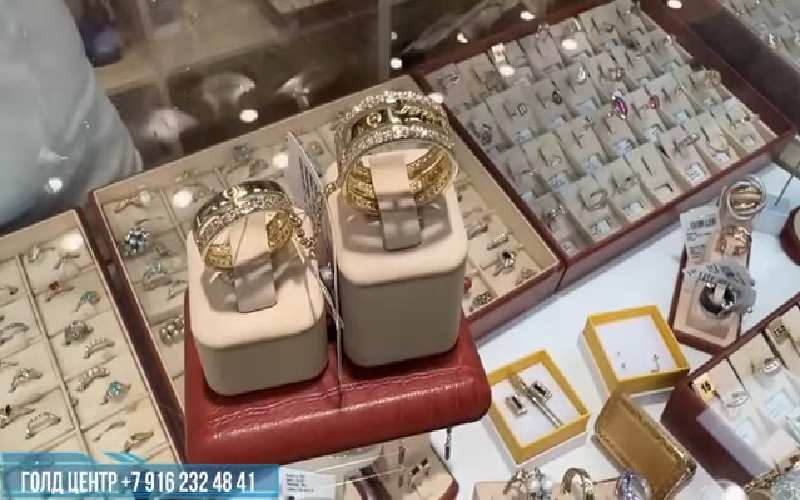Many people know that jewelry gold without inserts, which reacts to a magnet, is highly undesirable to consider buying. A magnetic alloy can be indirect evidence that too much iron, chromium or other components have been added to the ligature, which not only make gold worse, but can also be extremely dangerous for the human body.
At the same time, most of the users are absolutely unaware of what to do with magnetic gems. People simply never test rubies, natural zircons and other minerals with such a test and are not interested in what their strange property may be connected with.
But this is in vain, because to know why the stones are magnetic, and what this property of precious and artificial minerals can lead to, is very important for any connoisseur of good jewelry and one’s own health.
checking gold with a magnet. checking gold with a magnet.
And so, first things first.
If we bring a strong neodymium magnet, for example, to a gold bracelet, it will also show magnetic properties. This may mean that the piece of jewelry either has inserts made of non-precious ferromagnetic metals (iron, nickel, cobalt, and others), or the jewelry alloy itself is made with their abundant use.
Such magnetic gold can rightfully be considered at least low-grade, since it is manufactured in violation of technology and its alloy does not meet state standards.
metal inserts in gold decoration. metal inserts in gold decoration.
However, if we do the same with precious or artificial stones, hold a magnet to them and see that they respond to our test, then we should have completely different conclusions on jewelry.
The fact is that many minerals, both natural and artificial, get their unique color precisely due to the presence of ferromagnetic metal ions in them.
An example of a neodymium magnet holding a garnet crystal. An example of a neodymium magnet holding a garnet crystal.
Gemstones found on sale are inlaid in jewelry that have been colored with transition metal ions Fe, Mn, Cr, V, Cu, Ni, or Co. The most common and most (among precious stones) responsive to a magnet are gems with a color of iron ions.
Peridot, minerals of the garnet group, axinite, rhodochrosite and rhodonite are distinguished by pronounced paramagnetic properties. Aquamarines are also known to exhibit a stronger magnetic response than some yellow and green beryls. Blue and green tourmalines (indigolites, verdelites), Mali garnets and many other minerals also have light magnetic properties due to iron ions.
Some of the natural gemstones may be attracted by manganese, vanadium, cobalt and some rare earth elements.
Wearing magnetic stones is absolutely safe and their unique property is quite natural. At least if you trust the tutorial on the expert evaluation of stones by D.A. Stepanenko, which was taken as the basis for creating this material.

